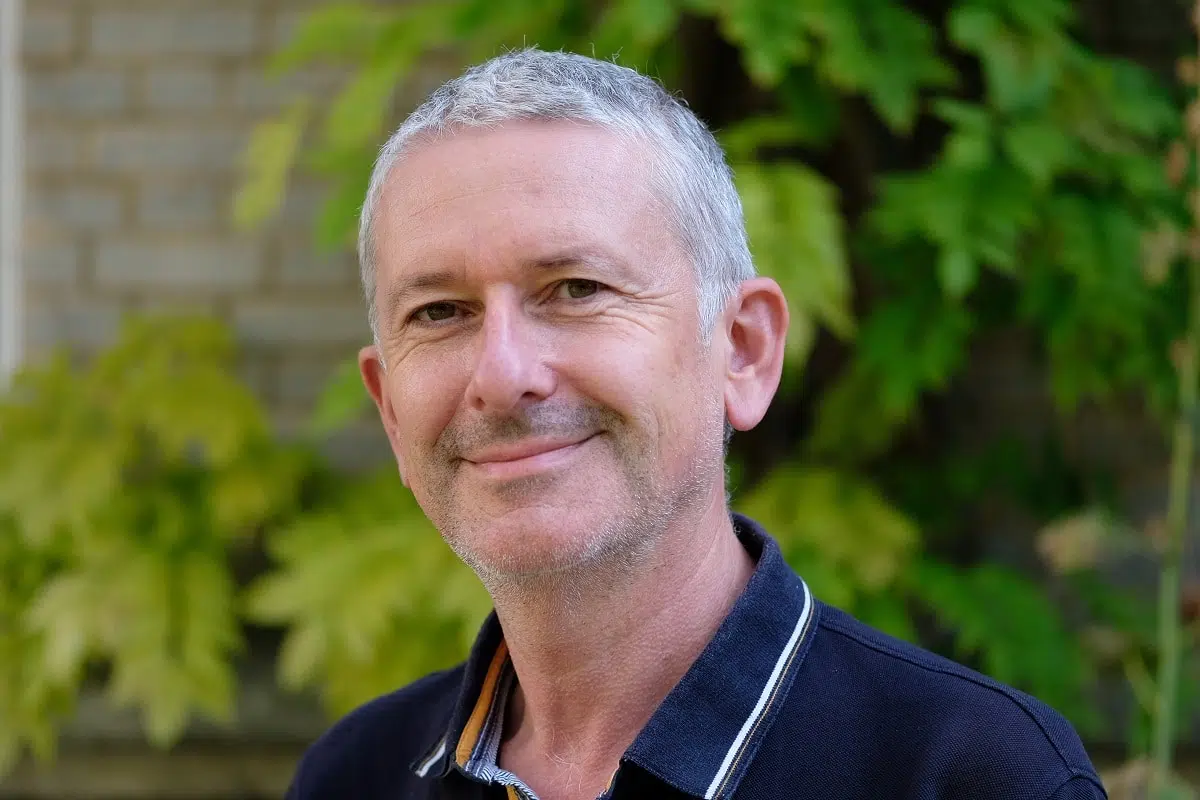What is the Dzogchen “tradition”?

Written by Damien Brohon
Blog | Culture and tradition | General Introduction to Dzogchen | The Dzogchen basics
In this article, What is the Dzogchen “tradition”?, Damien Brohon talks about the reality of all traditions, and that of Dzogchen of course!

What is a “tradition” and what is the Dzogchen “tradition”?
But by the way… where did these teachings all come from? The answer may take the form of a list of names presented as a multi-branching flowchart…but what does that really mean? And what is the actual lived reality that lies behind this litany of exotic surnames? Besides, this term tradition itself doesn’t sound very modern, does it? How to understand it nowadays?
The word “tradition” comes from the Latin traditio, from the verb tradere, which means: “to convey” or “to entrust something to someone”. This expression takes us back to the heart of the human experience. It is about words, gestures or silences that transmit a craftsmanship or a certain understanding of the world. We all learned so much that way! This is, for example, how we began to learn our – aptly called – mother tongue.
So there are all kinds of traditions. Dzogchen is a contemplative tradition. Here too we can have recourse to etymology. The word “contemplation” comes from the Latin verb, contemplor, “to gaze attentively”, formed on the suffix cum and the noun templum. The templum is this rectangle traced in the sky by the staff of the augur to scrupulously focus attention on the real on the flight of birds read as a manifestation of the intentions of the gods.
A contemplative tradition therefore transmits a view of reality. It invites us to become aware of our way of seeing and living until we discover what infinitely exceeds our ordinary representations, what contemplative traditions all name in their own way: God, Brahma, Tao or Dzogchen. This last term means great perfection or completeness, this expression pointing to the ultimate nature – pure and perfect – of our own mind.
At the origin of all the lineages of Dzogchen is the primordial Buddha. Kuntouzangpo. Literally: “All Good”. He never wavered from this recognition. It also symbolizes the fact that our own nature has never been altered either, even though we have failed to recognize it.
A map is not the territory
The knowledge that is offered to us here can only be done in the first person, in a direct, intuitive way and without conceptual mediation. Of course, knowledge in the third person (accurate ideas about reality) are necessary in everyone’s journey, but in the end they give way to a liberating evidence experienced directly (access to reality itself, beyond any ideas). It is the story (Buddhist, taken up in Zen and then by contemporary culture) of the wise man who looks at the moon while the idiot looks at the finger that points to the nocturnal star. We could also evoke the expression, often quoted, of Alfred Korzybski A map is not the territory.
Access to the moon, to the territory, to the absolute can only be done by someone who transmits the lived evidence of his discovery. It is this encounter, not intersubjective (subject to subject), but intrasubjective[1] where the subjects – master and disciple – share the same direct knowledge of the absolute. This is where they meet and transmission occurs. The vitality of a tradition thus resides in its ability to effectively bring about this achievement. This requires that its representatives, be they lamas, yoginis, scholars or nuns, have actually seen directly and stably the nature of mind. It is necessary that its texts, its practices and its rituals offer direct access to the core of our being.
The Origin of the Tradition
This is where the lists mentioned above come into their own. They are the precious and moving testimony of this passage, so human and so beyond the human, of this sacred fire, from generation to generation. Tradition is not the worship of ashes, but the preservation of fire, Gustav Mahler[2] tells us.
At the origin of all the lineages of Dzogchen is the primordial Buddha. Kuntouzangpo. Literally: “All Good”. He never wavered from this recognition. It also symbolizes the fact that our own nature has never been altered either, even though we have failed to recognize it. From him start two great contemplative traditions: that of bön, which is Tibetan, indigenous, and that of so-called nyingmapa Buddhism, which comes mainly from India. Human masters, embodied in time and space manifest themselves: Tapihritsa for the bön and Garab Dorje for the nyingmapas and this is the beginning of this great adventure which continues to this day. This is the story of Shardza Tashi Gyaltsen (1859-1934) who at the age of seventy-five behaved more and more freely from respect to social conventions, loving to play with children and appearing more more frequently in the form of deities to these disciples, thus transmitting by words but, even more, by his being his state of realization. This is the story of Patrul Rinpoche (1808-1887) introducing the nature of mind to Nyoshül Lingtok (1829-1902) in the Nakchung hermitage by telling him to look at the stars in the sky and listen to the barking dogs of the Dzogchen monastery: the absolute does not reside somewhere outside the everyday, it is the latter seen as it is.
It is your own story when you encounter through the person of a representative of the Dzogchen tradition but beyond him or her, your own enlightened nature.

